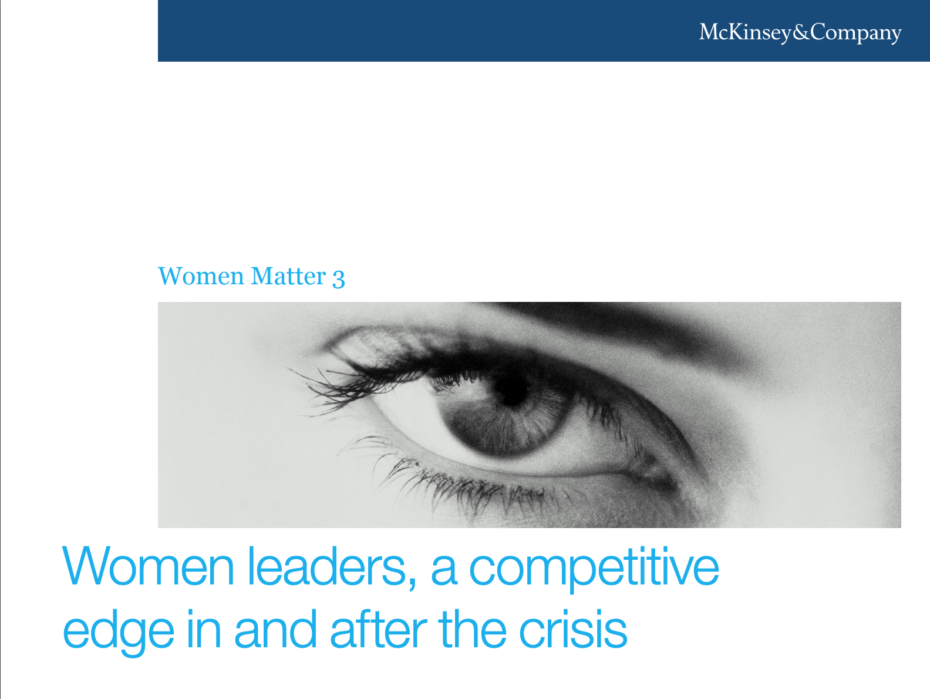Shareholders penalize tech and finance companies for not hiring enough women, new research shows. Graduate School of Stanford Business September 17, 2019 By Katia Savchuk Investors are eyeing company diversity reports and want to see improvement, new research shows.| Reuters/Stephen Lam In May 2014, Google caused shockwaves when it released its first report about workforce diversity. The numbers themselves were …
Women in Hospitality, Travel, and Leisure 2020 WiH2020 Review
In 2017 a group of leaders and opinion formers across hospitality, travel and leisure decided to take action to accelerate progress towards an inclusive culture within our industry and seize the opportunity to come together as an industry to amplify the
impact of individual initiatives. We want as many companies as possible to sign up to The Diversity in Hospitality, Travel and Leisure Charter and actively contribute to making a difference in this area.
Why Gender Equality Matters In Business Success
According to the World Economic Forum’s Global Gender Gap Report 2020, North America won’t see gender equality for 151 years. The report also states that gender parity can have a large impact on whether an economy or society will thrive.
New Research: Diversity + Inclusion = Better Decision Making At Work
Every day there are more headlines about the challenges of workforce diversity. A focus on diversity often means a focus on hiring, and even with substantial investments of time and money, it takes years to turn the tide for companies with thousands of employees. But there is a way to make change happen faster. Companies can capitalize on the diversity they already have by including more diverse employees in business decisions at all levels.
Delivering through Diversity
Our latest research reinforces the link between diversity and company financial performance—and suggests how organizations can craft better inclusion strategies for a competitive edge.
Critical Mass: What Happens When Women Start to Rule the World – led by Jay Newton-Small
In sociology, political science and economics studies abound on when the presence of women begins to have an impact. Almost across the board, if there’s less than 20% representation outcomes don’t change. Either the women don’t speak up or the men don’t hear them. But somewhere between 20% and 30% and something called critical mass is attained and suddenly women’s voices are heard. Whether it’s on a Navy ship, in the Senate or on a corporate board, groups function better with diversity. Mixed workforces that have reached critical mass have shown a host of positive outcomes: police shoot and engage in violence less, companies have to restate their earnings less and banks take less risk. Women make up 46% of the workforce, but more than two-thirds of those on minimum wage are women. But, increasingly, women are breaking into management level roles, especially in government jobs. The public sector has leapt frogged ahead of the private sector in recent years and all three branches of the government are approaching critical mass at the same time. In this study group, I’ll examine how women govern, manage, command and lead differently than men and what it means for our future workforce.
MGI | THE POWER OF PARITY: HOW ADVANCING WOMEN’S EQUALITY CAN ADD $12 TRILLION TO GLOBAL GROWTH
Narrowing the global gender gap in work would not only be equitable in the broadest sense but could
double the contribution of women to global GDP growth between 2014 and 2025. Delivering that impact,
however, will require tackling gender equality in society.
Women leaders, a competitive edge in and after the crisis
This report provides a perspective on several levers that could raise the priority of gender diversity and increase the efforts to achieve it within organizations. The first one is to convince the skeptics of the benefits of having more women in top management: after all, there’s still a long way to go to persuade most executive boards and male business leaders of this. The second is to make gender diversity development a priority within organizations. The third lever is the most important for long-term effectiveness: implement appropriate programs. Based on our survey and our experience of companies that are highly committed to this issue, the success of gender diversity initiatives depends above all on deploying comprehensive programs that comprise a broad range of measures. It is not enough simply to provide more flexible working conditions or career management. Reaching a critical mass of women in the top management of organizations requires a critical mass of measures, if we want to create deep-seated and sustainable change.
Gender-balance Teams Linked to Better Business Performance: A Sodexo Study
Women remain underrepresented in leadership roles, in spite of research indicating that gender- balanced leadership has a positive impact on the bottom line.
However, gender balance impacts performance only when the optimal balance is reached.
The results of the Sodexo study confirm that this balance corresponds to a male-female ratio between 40% and 60%, reinforcing that diversity is key to enhanced performance.
Entities with gender-balanced management performed better on all of the performance indicators measured, including employee engagement, brand awareness, client retention and three indicators of financial performance.
Teams at Sodexo within the optimum gender- balanced zone have experienced on average an increase of four points in the global engagement rate versus only one point for other teams between 2010 and 2012.
- Page 1 of 2
- 1
- 2










